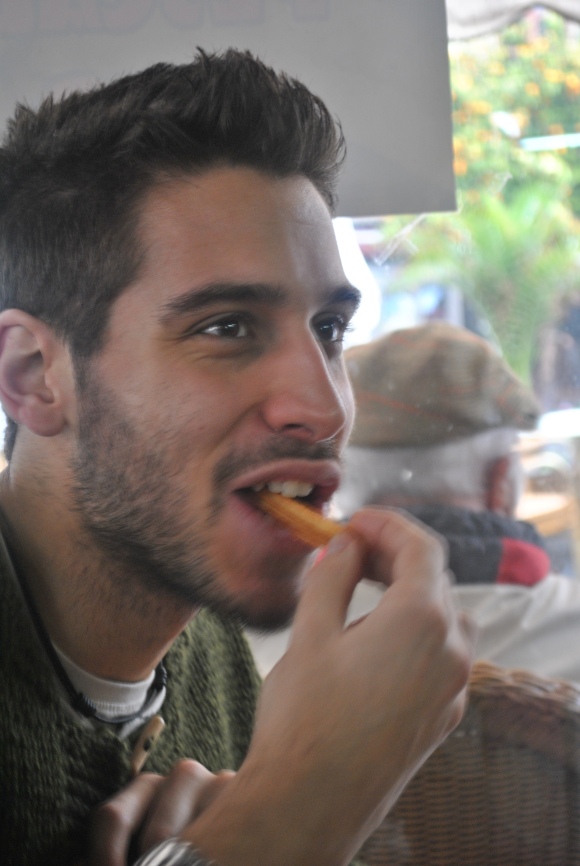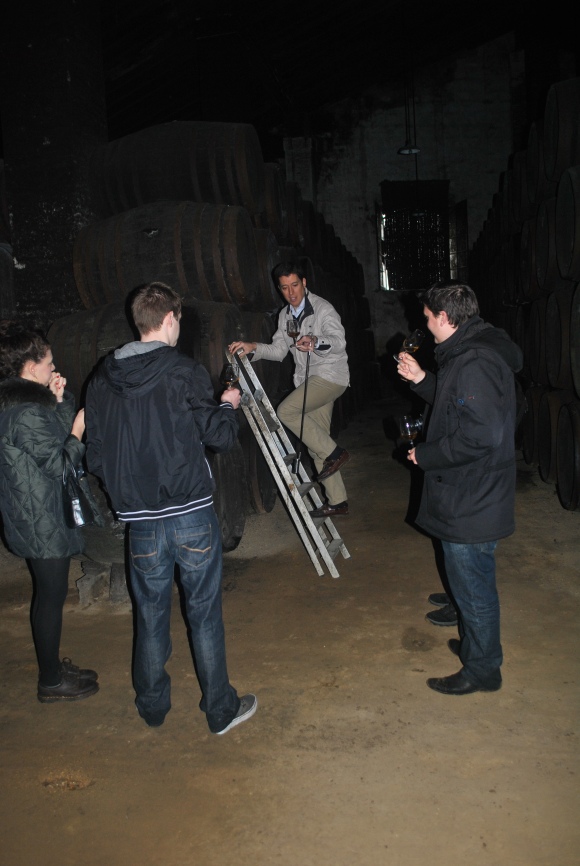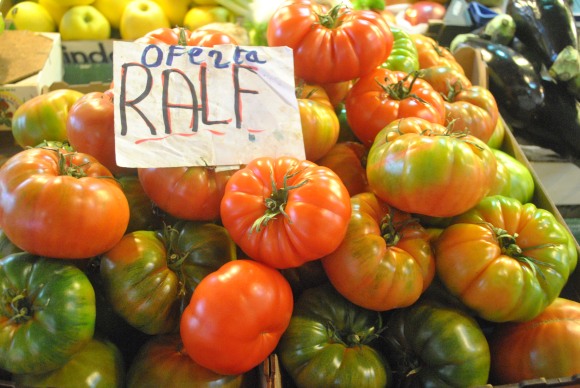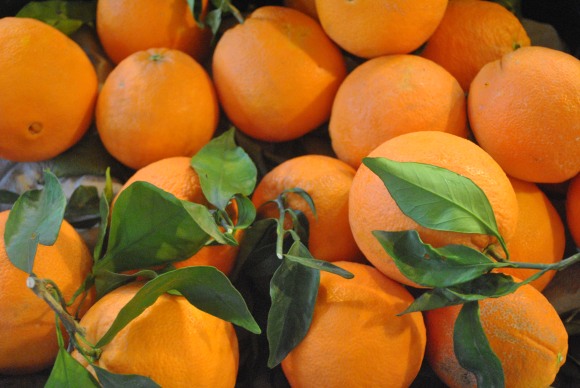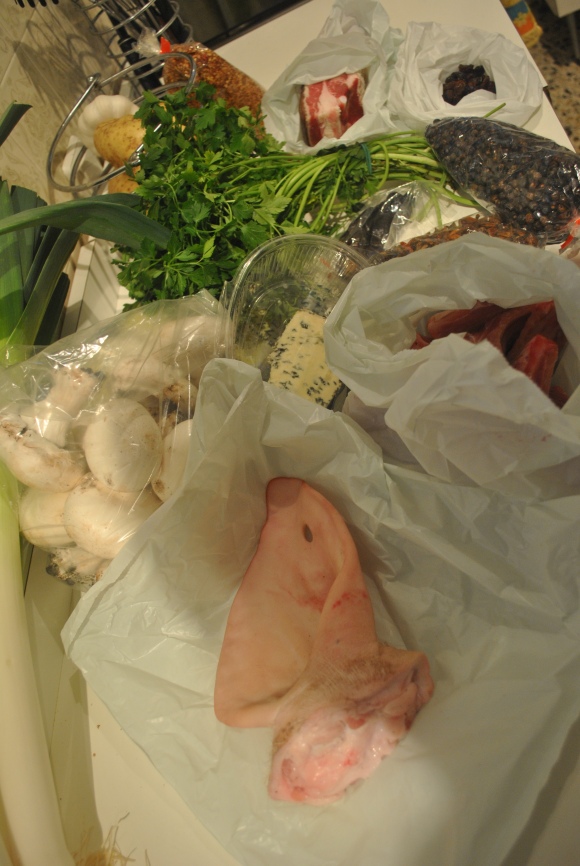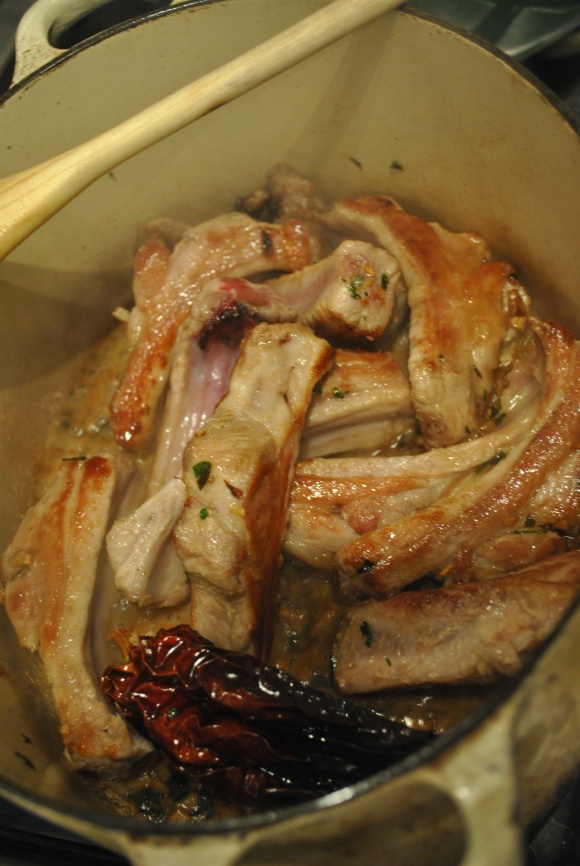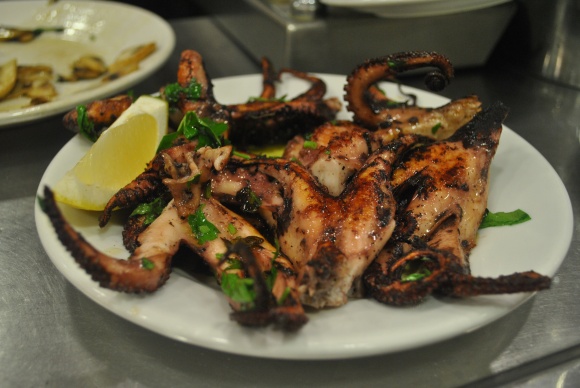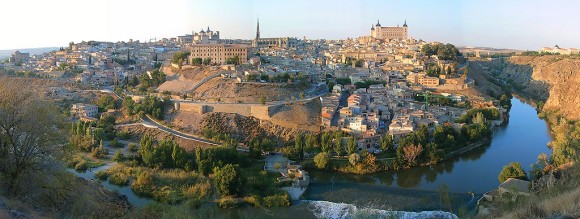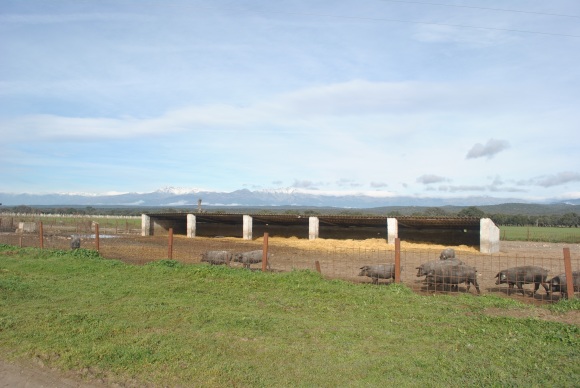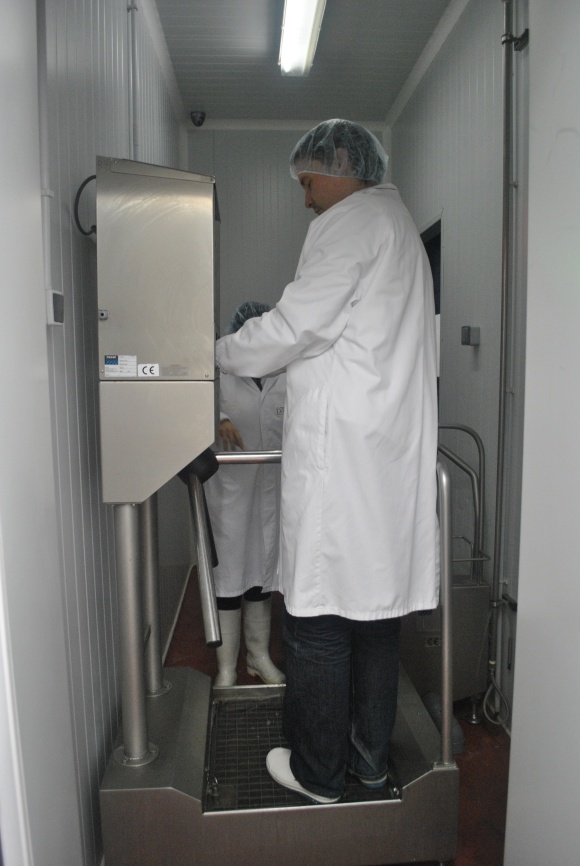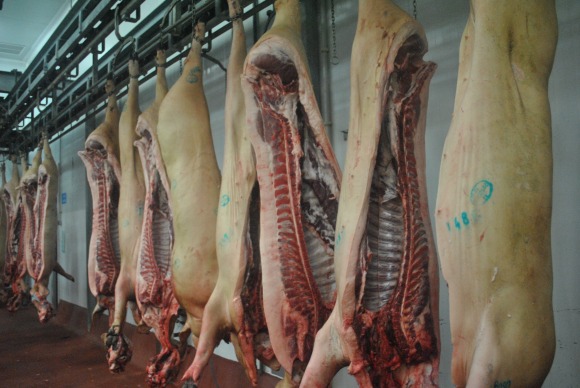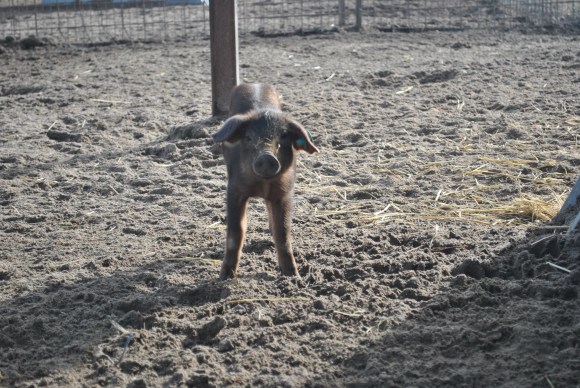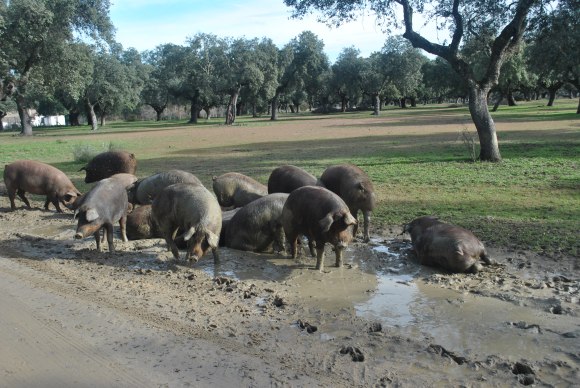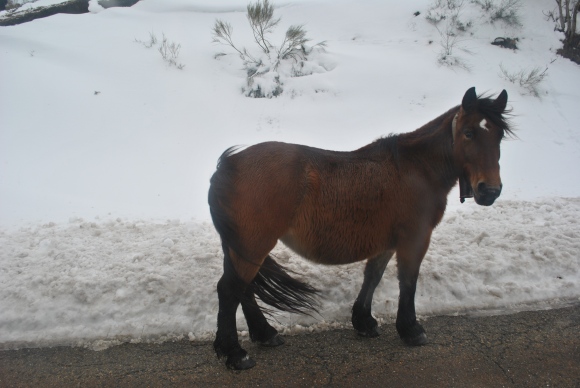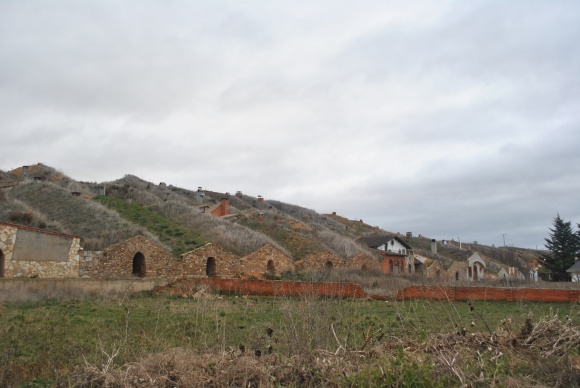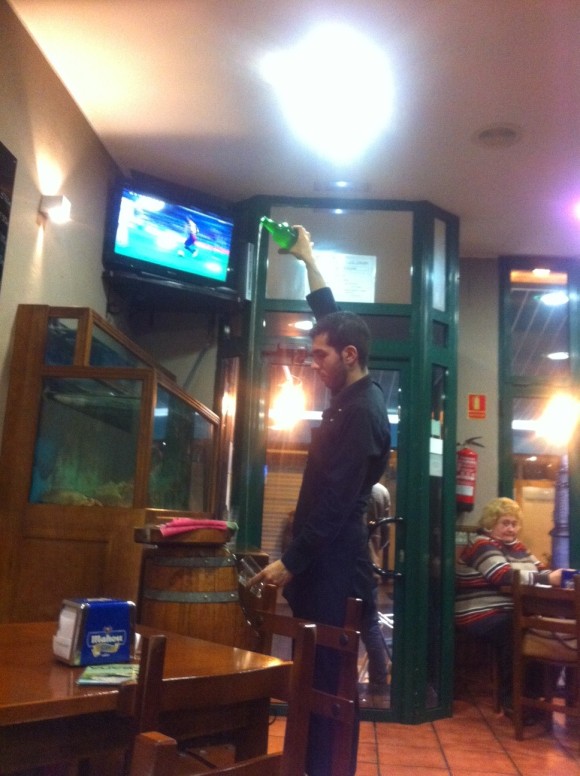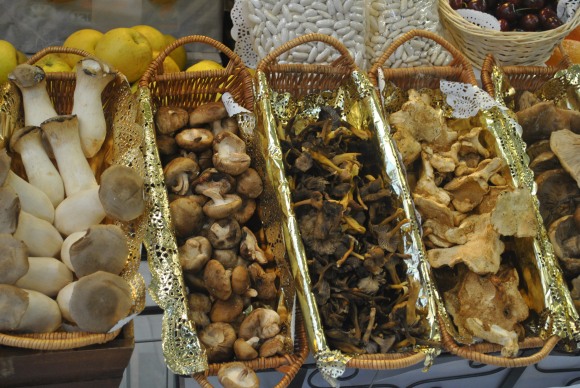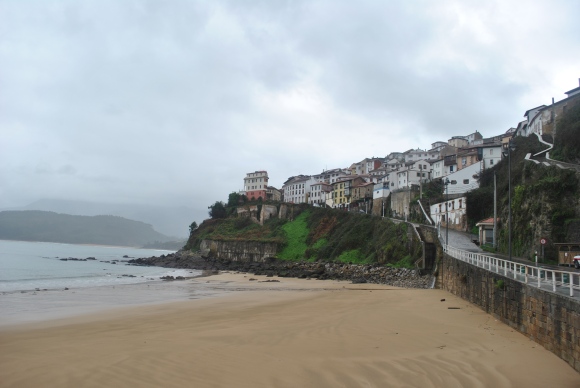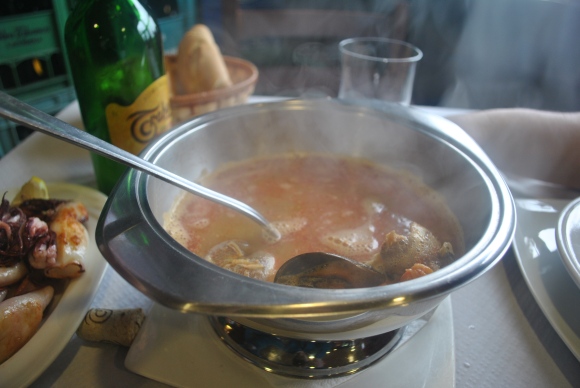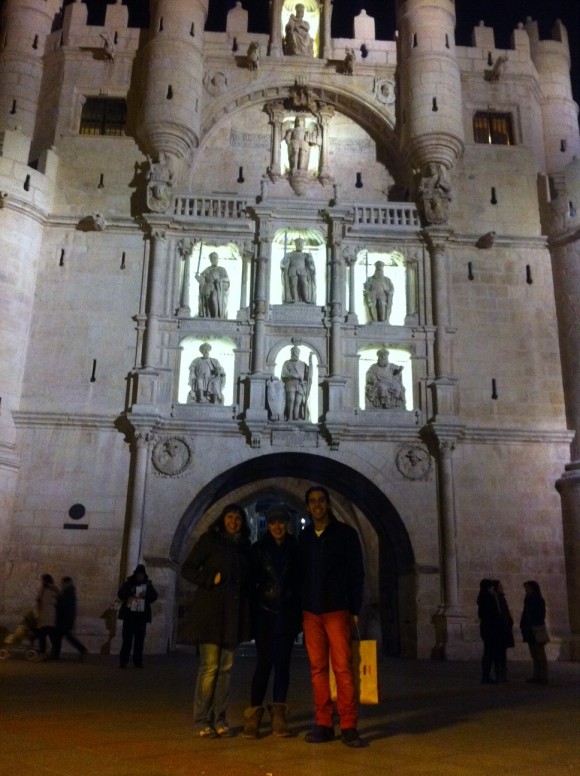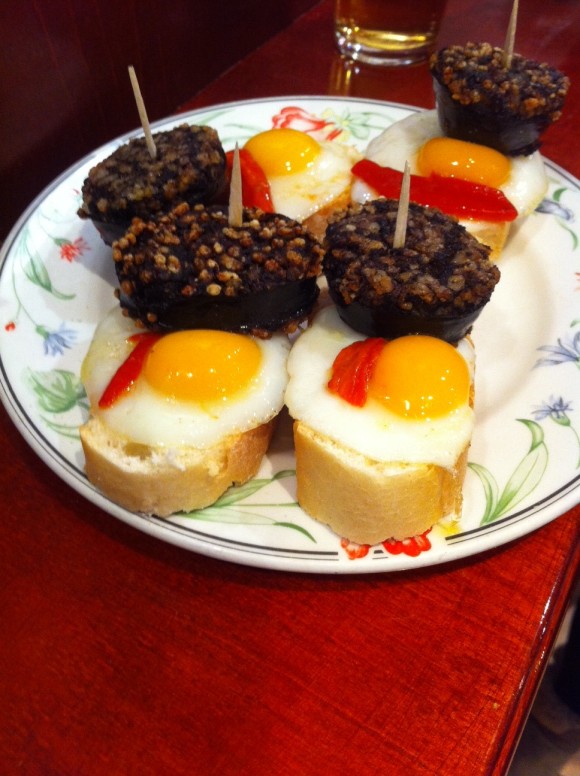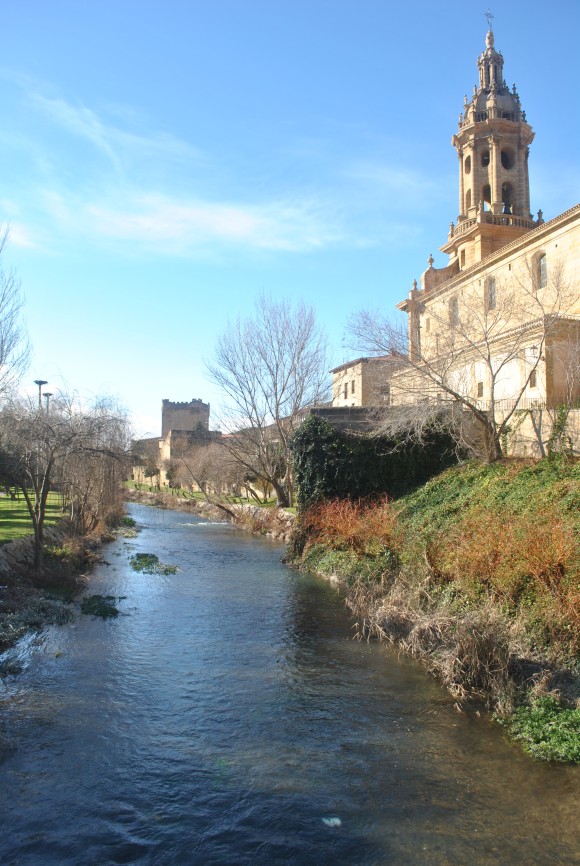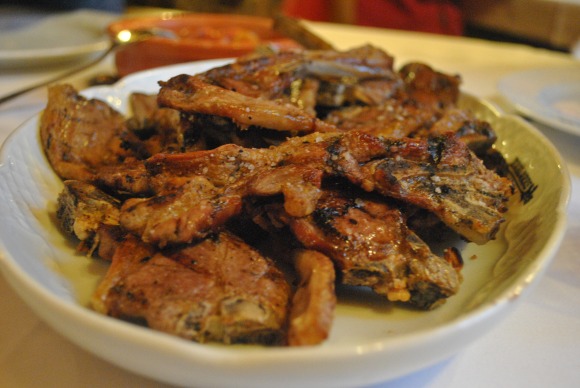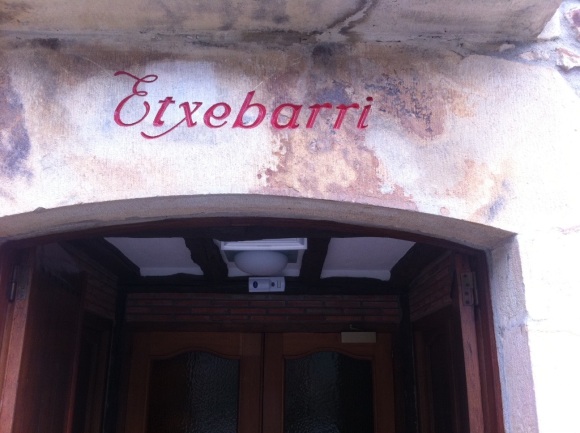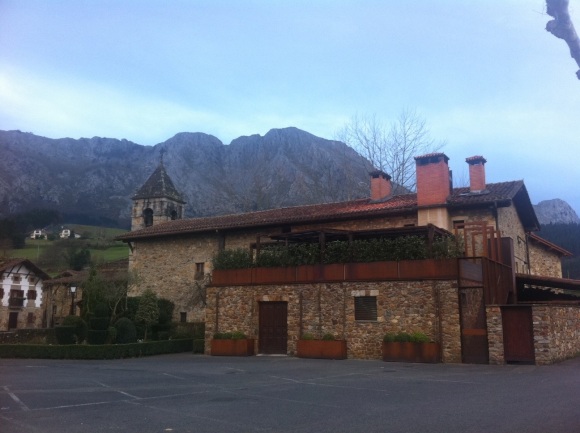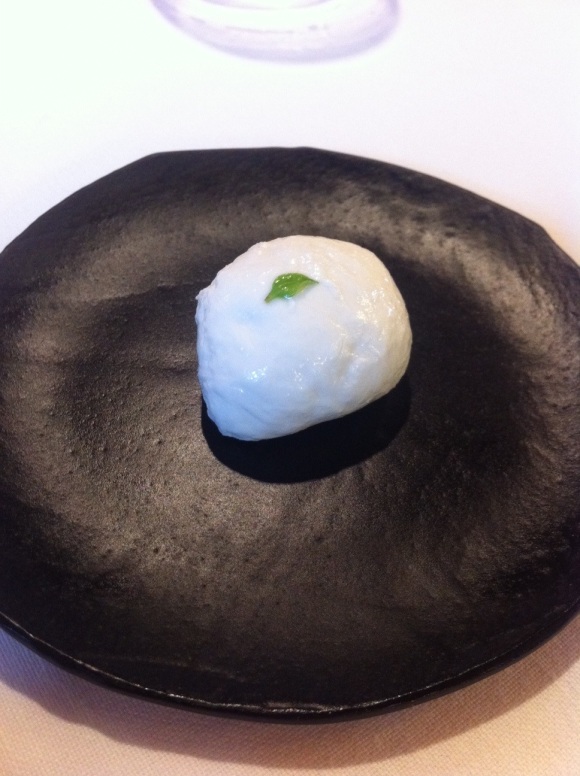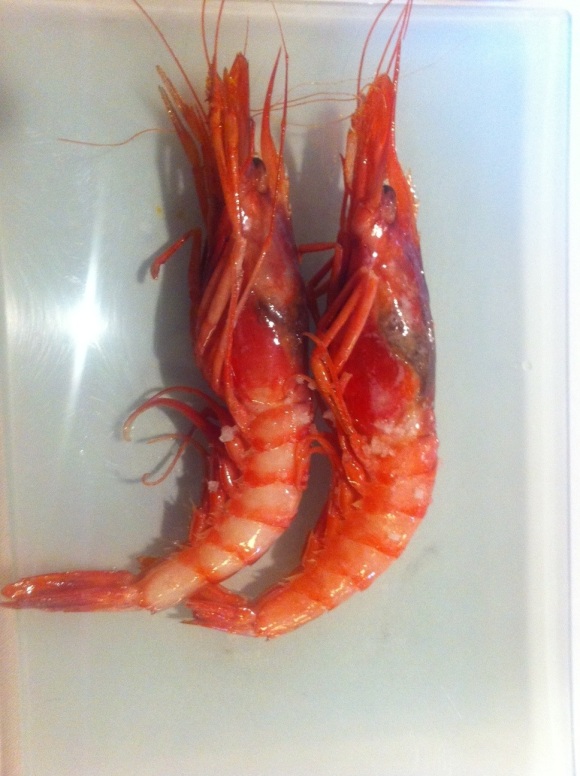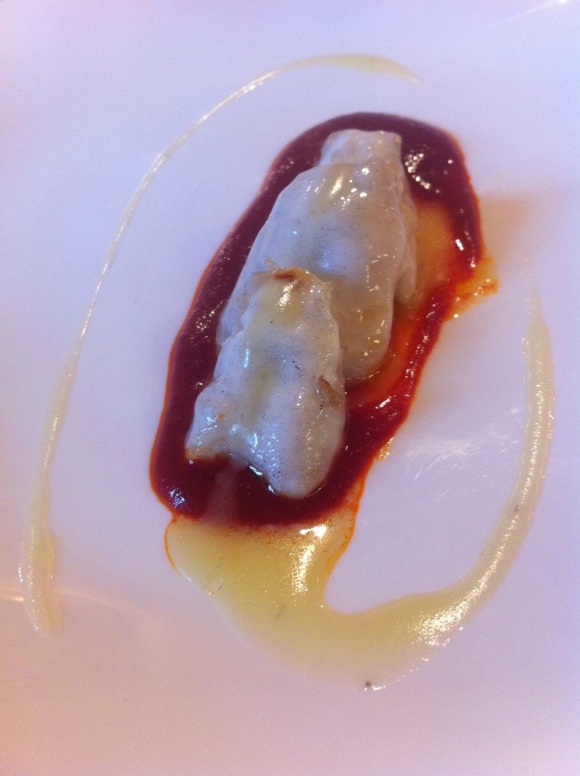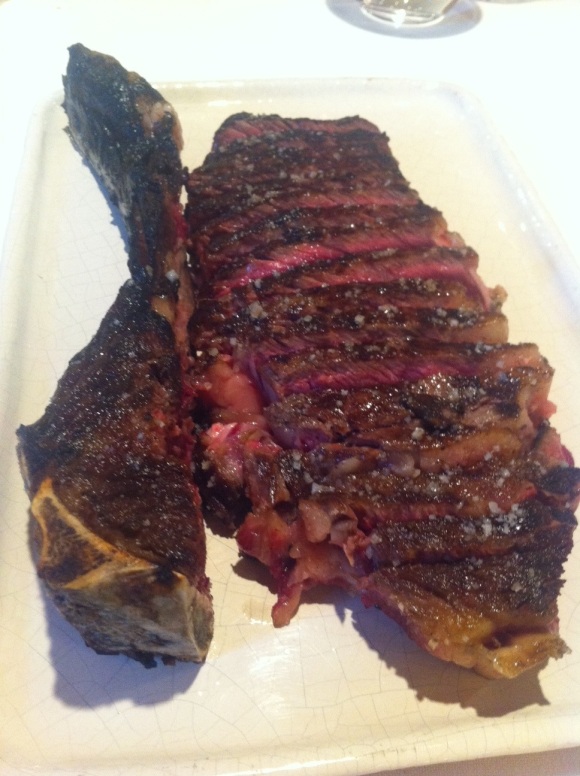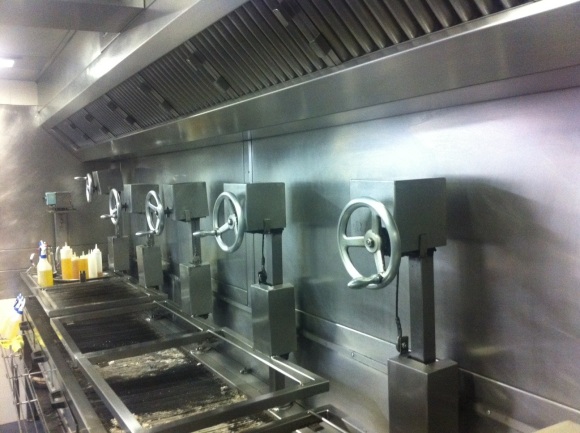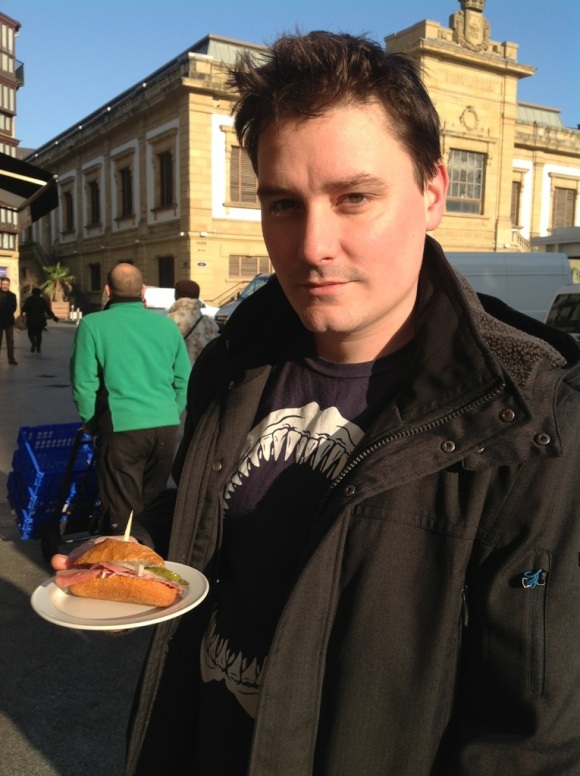So we are actually safely back in bristol now preparing for Bravas’ reopening on Friday but a lack of internet on the way home means I still have a last couple of blogs to publish…………………..
On Thursday morning we picked up Hayley, Tom and Dani from Malaga airport. We wanted to give them a first hand understanding of where our passion for Spanish food comes from and hopefully infect them with our love of tapas bars.
We have been coming to this part of Spain together for the last 12 years and Kieran’s been coming here for even longer. We love the unpretentious style of eating and how the most un expected little bars will be serving great food. Over the weekend we took our staff around bar after bar sampling sherries, beers, wine and gin and tonic and a huge selection of tapas and specialities until everyone was well and truly stuffed.
One highlight was the Friday morning visit to Emilio Hidalgo sherry Bodega. After a few sherries the night before I don’t think anyone was very keen, but Fernando Hidalgo, a fifth generation sherry maker has such a passion for his sherries he had soon won us round and we were happily wandering between the barrels of his maze like Bodega with him tasting different sherries straight from the barrel. He wanted to show us how unique every sherry is (even though they start of as basically the same wine before they begin the aging process), you can really taste not just how the sherry have been treated (to become for example an oloroso or amontillado) but where in the Bodega it has been matured. At the moment we stock an Oloroso and a PX made at Hidalgo but after the tour we are planning to stock a few more as we were so impressed. We also bought a bottle of amazing if very expensive brandy from the Bodega which be bottled straight from the barrel there and then for us.
After the tasting we sampled some fantastic seafood in a really busy little bar.
Another highlight of the weekend was a trip to Jerez market, which on a saturday morning is so busy with people it’s hard to squeeze through the crowds. The market bar is a great find it sells the freshest fried fish you will ever taste at dirt cheap prices, so our day begun with sherry and fried fish.
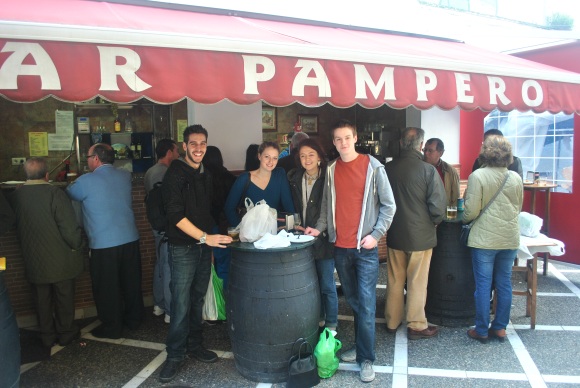 At the market we collected ingredients to go home and try out some dishes. There is such a special atmosphere at Jerez market, buzzing with people there is always someone ready to step in and tell you their grandmothers way of cooking any of the ingredients. It was this sort of advice that lead to Hayley cooking up a fantastic dish with artichokes and chorizo, with Tom on meat and Dani on fish as well as a couple of dishes from me and Kieran we had quite a feast when we got home.
At the market we collected ingredients to go home and try out some dishes. There is such a special atmosphere at Jerez market, buzzing with people there is always someone ready to step in and tell you their grandmothers way of cooking any of the ingredients. It was this sort of advice that lead to Hayley cooking up a fantastic dish with artichokes and chorizo, with Tom on meat and Dani on fish as well as a couple of dishes from me and Kieran we had quite a feast when we got home.
All in all it was a very tiring weekend for all involved, but don’t worry we have given them a few days to recover before we open again.
Oh dear they really are going to kill me for putting up this photo……but they look so sweet!


